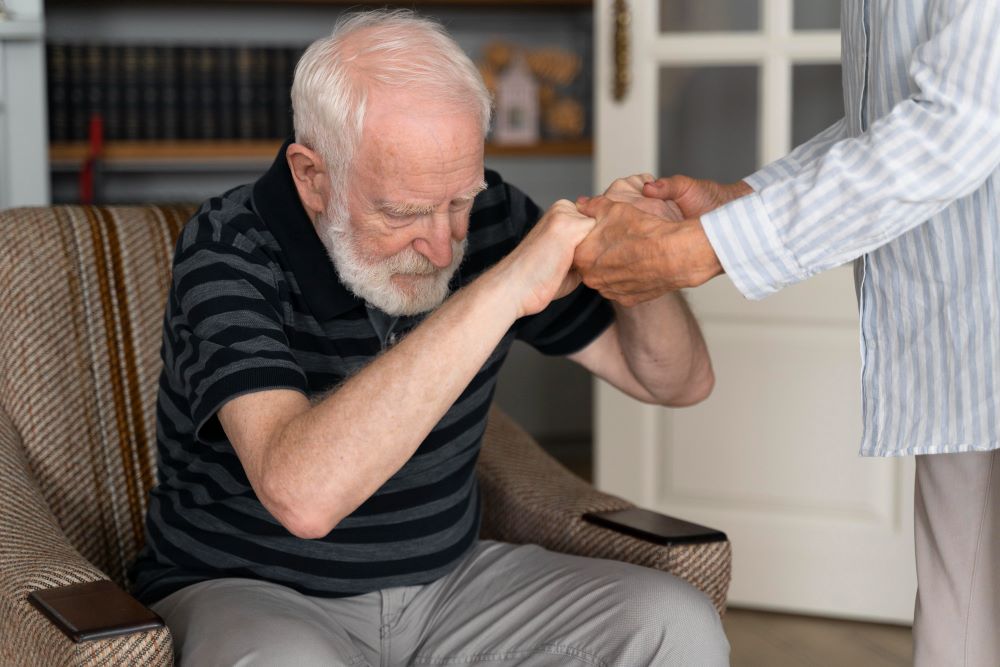Living with Parkinson’s disease can present unique challenges, especially when it comes to maintaining physical fitness. However, engaging in regular exercise can have numerous benefits for individuals with Parkinson’s disease, including improved mobility, balance, and overall quality of life. In this article, we will explore various exercise ideas specifically designed for those living with Parkinson’s disease.
The 9 Main Symptoms of Parkinson’s Disease
Exercise plays a crucial role in managing the symptoms of Parkinson’s disease. It helps to alleviate stiffness, improve coordination, enhance muscle strength, and boost overall mood. By incorporating targeted exercises into your daily routine, you can maintain your physical abilities and reduce the impact of Parkinson’s on your daily life.
Table of Contents
- Why is Exercise Important for People with Parkinson’s Disease?
- Exercise Ideas for Those Living with Parkinson’s Disease
- Conclusion
Why is Exercise Important for People with Parkinson’s Disease?
Exercise is an essential component of managing Parkinson’s disease for several reasons. Regular physical activity can:
- Improve Mobility: Engaging in exercises that focus on balance, flexibility, and strength can help individuals with Parkinson’s maintain their mobility and independence.
- Enhance Coordination: Parkinson’s disease can affect coordination and fine motor skills. Exercise programs that target these areas can improve coordination and make daily activities easier.
- Increase Muscle Strength: Muscle weakness is a common symptom of Parkinson’s disease. Strength training exercises can help build and maintain muscle strength, improving overall physical function.
- Boost Mood: Exercise releases endorphins, which are natural mood enhancers. Regular physical activity can reduce anxiety and depression commonly associated with Parkinson’s disease.
- Promote Brain Health: Studies have shown that exercise can have neuroprotective effects, potentially slowing the progression of Parkinson’s disease and protecting brain health.
7 Facts to Understand Parkinson’s Disease and Home Care Options
Exercise Ideas for Those Living with Parkinson’s Disease
Now, let’s explore some exercise ideas specifically tailored to individuals living with Parkinson’s disease:
1. Walking or Brisk Walking
Walking is a low-impact exercise that can be easily incorporated into daily routines. It helps to improve cardiovascular health, enhance balance, and maintain mobility. Start with short walks and gradually increase the duration as you feel more comfortable.
2. Cycling or Stationary Biking
Cycling is another excellent aerobic exercise for individuals with Parkinson’s disease. It is gentle on the joints and helps to strengthen leg muscles. If outdoor cycling is not feasible, consider using a stationary bike at home or a local gym.
3. Tai Chi
Tai Chi is a gentle form of exercise that combines flowing movements and deep breathing. It helps to improve balance, flexibility, and overall body awareness. Numerous studies have shown the benefits of Tai Chi for individuals with Parkinson’s disease, including reduced falls and improved gait.
4. Yoga
Yoga combines stretching, balance, and mindfulness exercises. It can help improve flexibility, strengthen muscles, and promote relaxation. Certain yoga poses can also target specific areas affected by Parkinson’s symptoms, such as the legs and arms.
5. Dance
Dancing is a fun and engaging way to exercise for individuals with Parkinson’s disease. Various dance styles, such as ballroom dancing or tango, can help improve balance, coordination, and rhythm. Consider joining a dance class specifically designed for individuals with Parkinson’s.
6. Water Aerobics
Water aerobics provides a low-impact workout while reducing stress on joints and muscles. Exercising in water can help improve strength, flexibility, and cardiovascular health. Look for water aerobics classes designed for individuals with Parkinson’s disease or engage in independent water exercises.
Conclusion
Exercise is a valuable tool for managing Parkinson’s disease and improving overall well-being. By incorporating various exercises, such as walking, cycling, tai chi, yoga, dance, and water aerobics, individuals with Parkinson’s can maintain their mobility, enhance coordination, and improve their quality of life. Remember to consult with your healthcare provider before starting any new exercise program, and gradually increase the intensity and duration of your workouts as you progress. Stay active, stay motivated, and embrace the positive impact of exercise on your journey with Parkinson’s disease.







